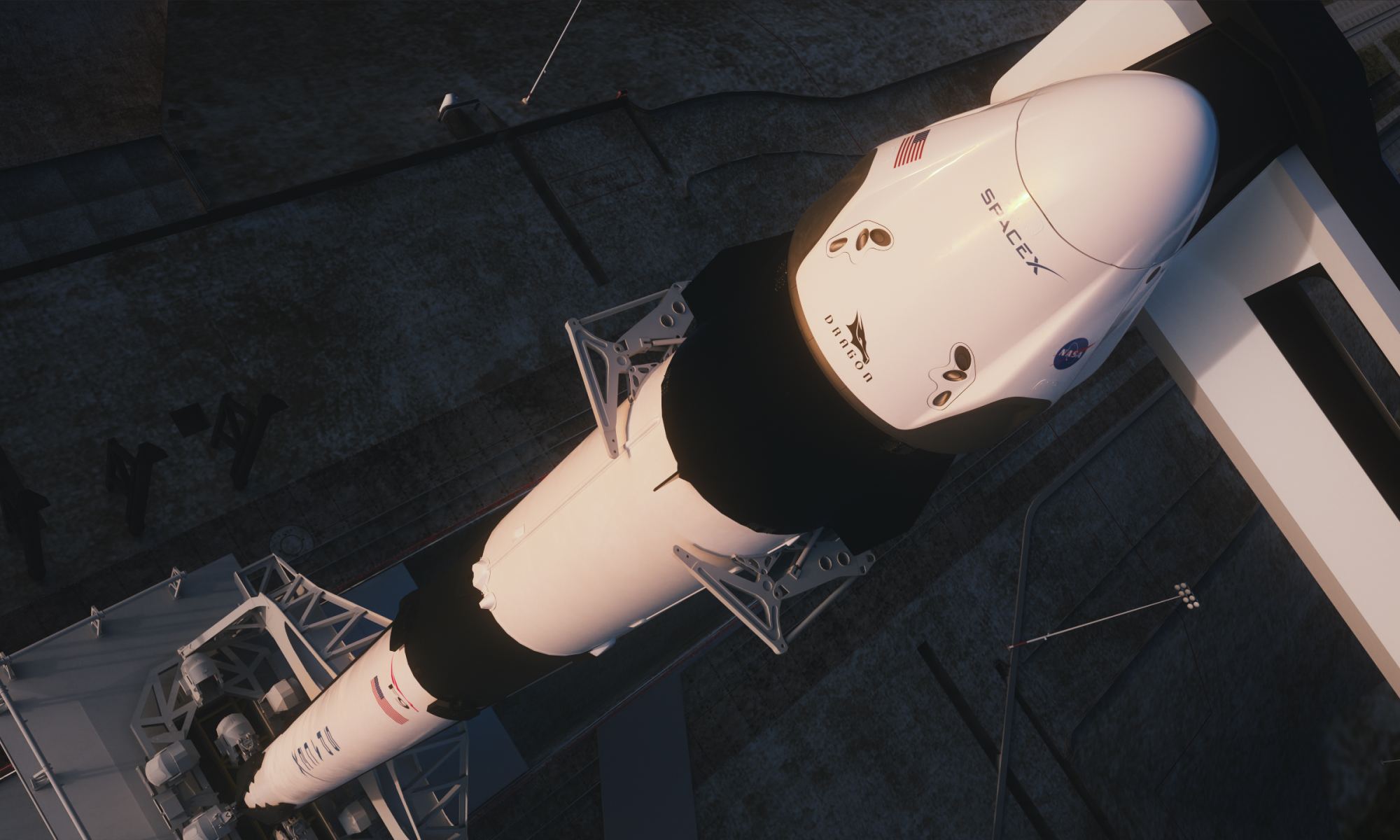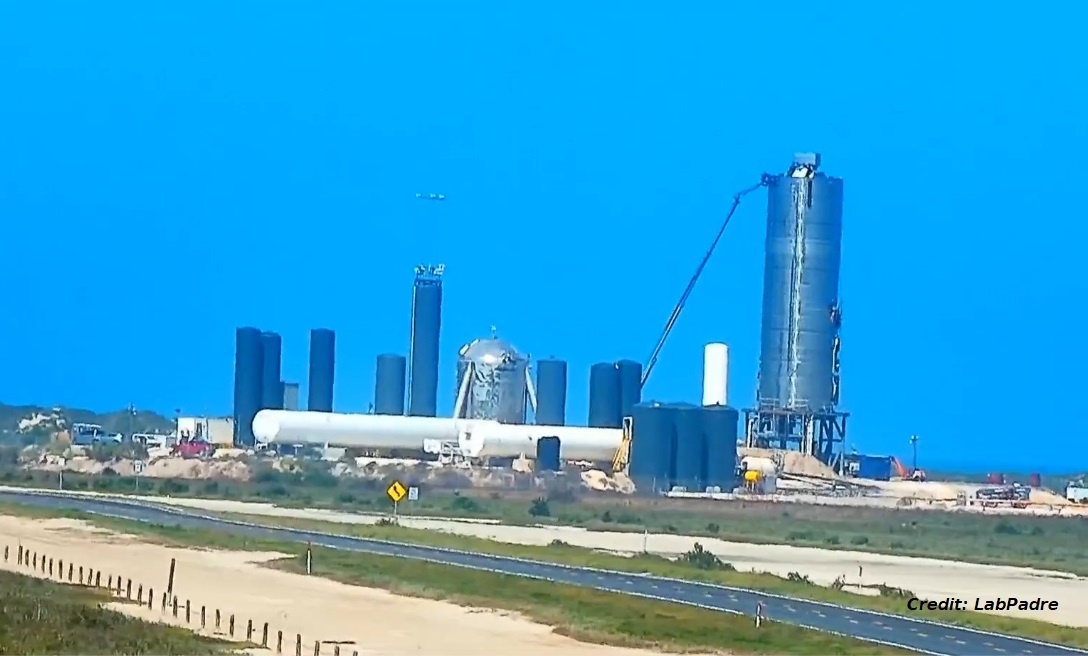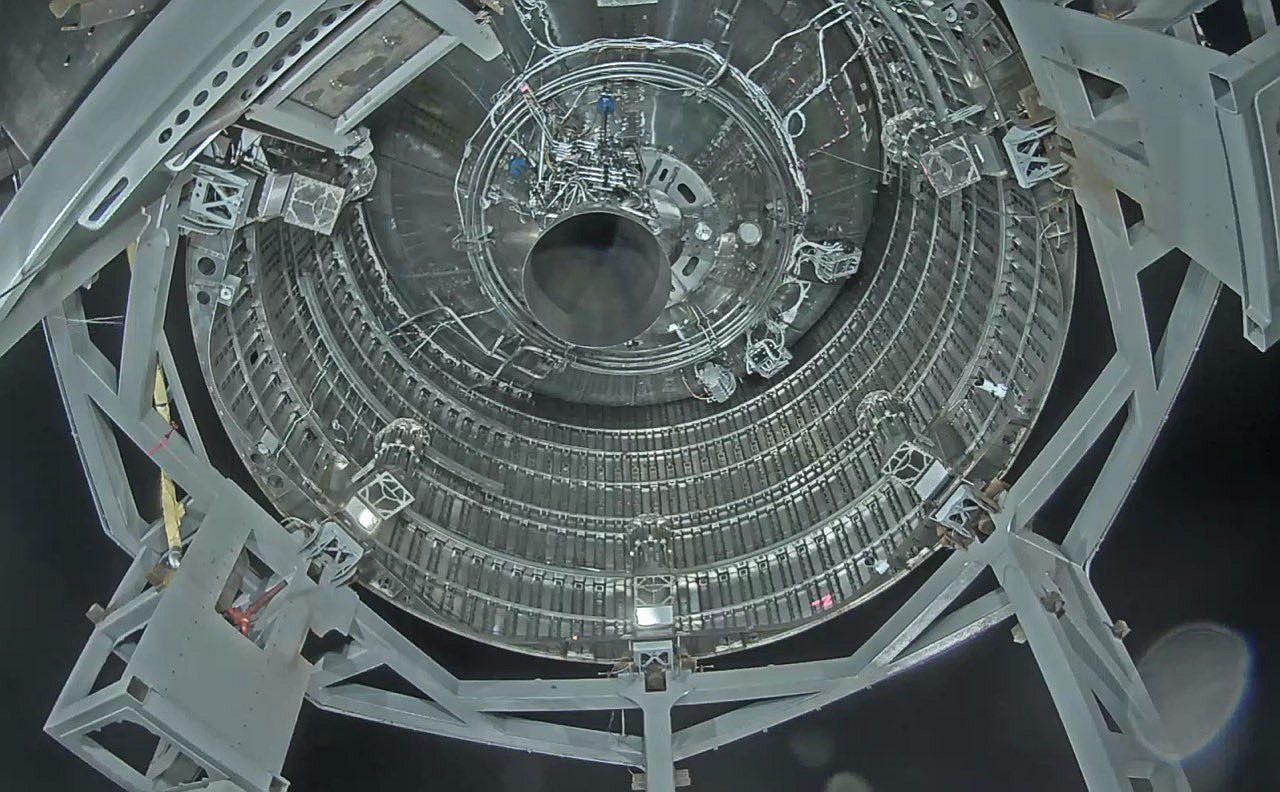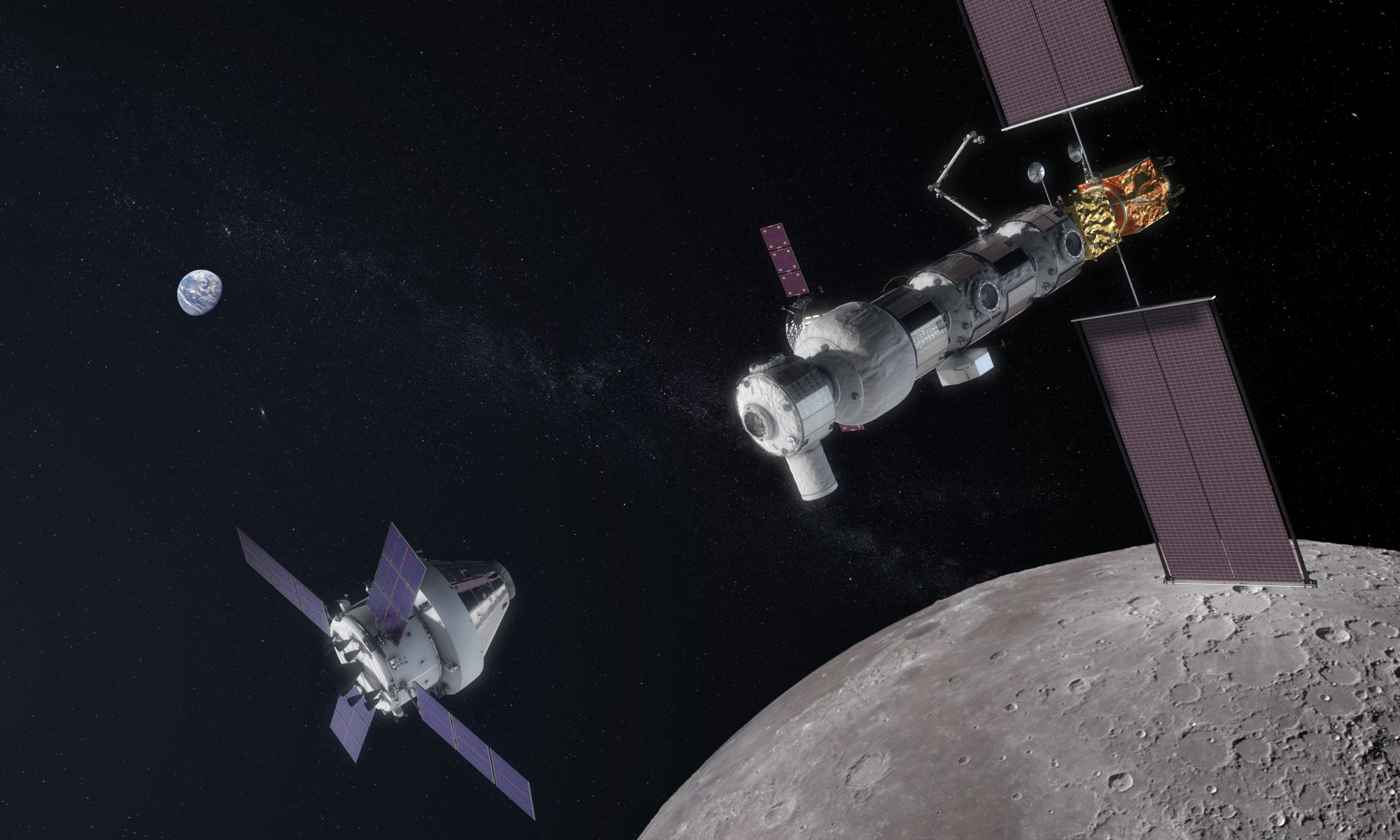As we speak, engineers at SpaceX’s Boca Chica test facility are busy getting the fifth Starship prototype (SN5) ready. Having recently passed the crucial cryogenic load test, and with the installation of its SN27 Raptor engine, the ground crews are now gearing up for a static fire test. Assuming the SN5 doesn’t explode in a massive fireball (as the SN4 did), it will be ready to make the first hop test of a full-scale Starship prototype.
Continue reading “Will We See a Starship Test This Week?”NASA Changes its Mind. It Will be Using Previously Flown Crew Dragons and Falcon 9
For the purpose of restoring domestic launch capability to US soil, NASA launched the Commercial Crew Program (CCP) in 2010. Alongside its commercial partners, Boeing and SpaceX, the focus of this program has been to develop crew-capable spacecraft that could deliver payloads and astronauts to the International Space Station (ISS), something NASA has been unable to do since the retirement of the Space Shuttle in 2011.
On May 30th, 2020, the CCP fulfilled its purpose as SpaceX’s Crew Dragon spacecraft was launched atop a Falcon 9 rocket and successfully delivered two astronauts (Robert Behnken and Douglas Hurley) to the ISS. Looking ahead, NASA and SpaceX have modified their contract agreement, which gives the company permission to use previously-flown Crew Dragon spacecraft and Falcon 9 boosters to send NASA astronauts to the ISS.
Continue reading “NASA Changes its Mind. It Will be Using Previously Flown Crew Dragons and Falcon 9”Another Starship Test Ends in an Explosion (Intentionally This Time)
Today, SpaceX experienced another explosion at their South Texas Launch Site in Boca Chica, Texas. Once again, the explosion occurred during a cryogenic pressure test, where a prototype was pressurized with liquid nitrogen to see how it held up. This time around, it was the test tank for the 7th Starship prototype (SN7), which was being deliberately pressurized to the point where it would fail – aka. “tested to failure”.
Continue reading “Another Starship Test Ends in an Explosion (Intentionally This Time)”NASA and SpaceX Gearing Up For Historic Crew Dragon Launch This Week

Tomorrow, Wednesday, May 27th, NASA and SpaceX will make history as they conduct the long-awaited second demonstration of the Crew Dragon spacecraft. Dubbed Demo-2, this mission will not only see SpaceX’s crewed spacecraft sent to space for the first time with astronauts aboard, it will also be the first time since 2011 (and the retiring of the Space Shuttle) that astronauts are launched from US soil.
Continue reading “NASA and SpaceX Gearing Up For Historic Crew Dragon Launch This Week”The SpaceX Starship Could Fly This Summer!
SpaceX is really coming along with its development of the Starship and Super Heavy launch system. After repeated delays caused by structural failures (aka. explosions), the company got back on track late in April when their fourth prototype (SN4) passed the crucial cryogenic load test. This was followed by a successful static fire test on May 4th, followed by a second static fire test the next day.
And, after being scrubbed three times since last Friday (May 15th), SpaceX conducted the third static fire test with the SN4 on Tuesday, May 19th. Unfortunately, an unexpected fire near the base of the rocket caused the prototype to get a bit scorched and caused some internal damage. However, the prototype survived and is back in working order, which means SpaceX is moving ahead with more tests in preparation for a full-scale launch.
Continue reading “The SpaceX Starship Could Fly This Summer!”Another Starship Success! Raptor Engine Fires for 4 Seconds and Nothing Explodes
Last week, SpaceX passed another milestone in the development of its Starship prototype. This was the crucial engine static fire test, which saw the fourth full-scale Starship prototype (SN4) ignite a fully-integrated Raptor engine for the first time. The successful test took place on Tuesday night (May 5th) at 08:57 PM local time (09:57 PM EDT; 06:57 PM PDT) and saw the Raptor engine ignite and fire for four full seconds.
Continue reading “Another Starship Success! Raptor Engine Fires for 4 Seconds and Nothing Explodes”Lunar Gateway Could be Built With the Falcon Heavy
In March of 2019, NASA was directed by the White House to land human beings on the Moon within five years. Known as Project Artemis, this expedited timeline has led to a number of changes and shakeups at NASA, not the least of which has to do with the deprioritizing of certain elements. Nowhere is this more clear than with the Lunar Gateway, an orbital habitat that NASA will be deploying to cislunar space in the coming years.
Originally, the Gateway was a crucial part of the agency’s plan to create a program of “sustainable lunar exploration.” In March of this year, NASA announced that the Lunar Gateway is no longer a priority and that Artemis will rely on an integrated lunar lander instead. However, NASA still hopes to build the Gateway, and according to a recent interview with ArsTechnica, this could be done with the help of SpaceX and the Falcon Heavy.
Continue reading “Lunar Gateway Could be Built With the Falcon Heavy”SpaceX Describes Exactly How They’re Planning to Make Starlink Satellites Less Visible From Earth
In 2015, Elon Musk announced that his company, SpaceX, would be deploying satellites to orbit that would provide high-speed broadband internet access to the entire world. Known as Starlink, SpaceX began deploying this constellation in May of 2019 with the launch of the first 60 satellites. As of April 22nd, a total of 422 satellites have been added to the Starlink constellation, and the response hasn’t been entirely positive.
In addition to fears that we’re adding to the problem of “space junk,” there are also those who’ve expressed concern that Starlink and other constellations could have a negative impact on astronomy. In response, SpaceX recently announced that it will be instituting changes in how the satellites are launched, how they orbit the Earth, and even how reflective they are in order to minimize the impact they have on astronomy.
Continue reading “SpaceX Describes Exactly How They’re Planning to Make Starlink Satellites Less Visible From Earth”Now This is Progress! Starship Passes its Cryogenic Test and Doesn’t Explode
This weekend, SpaceX’s fourth Starship prototype (SN4) achieved a major milestone by passing the crucial cryogenic load test. This consisted of the prototype’s liquid oxygen and liquid methane tanks being filled with liquid nitrogen to see how they hold up when fully-pressurized. This test was vital since the three previous prototypes suffered structural failures and were lost during this exact same procedure.
Continue reading “Now This is Progress! Starship Passes its Cryogenic Test and Doesn’t Explode”Crew Dragon Will Be Launching on May 27th

NASA and SpaceX are targeting May 27, 2020 for an historic mission: the launch of the first astronauts on the SpaceX Crew Dragon spacecraft, with the destination as the International Space Station (ISS). The crew, NASA astronauts Robert Behnken and Douglas Hurley, are scheduled to launch on a Falcon 9 rocket at 4:32 pm EDT that day from Kennedy Space Center’s Launch Complex 39A. If all goes well, the Crew Dragon will autonomously dock with the space station about 24 hours later.
Continue reading “Crew Dragon Will Be Launching on May 27th”





